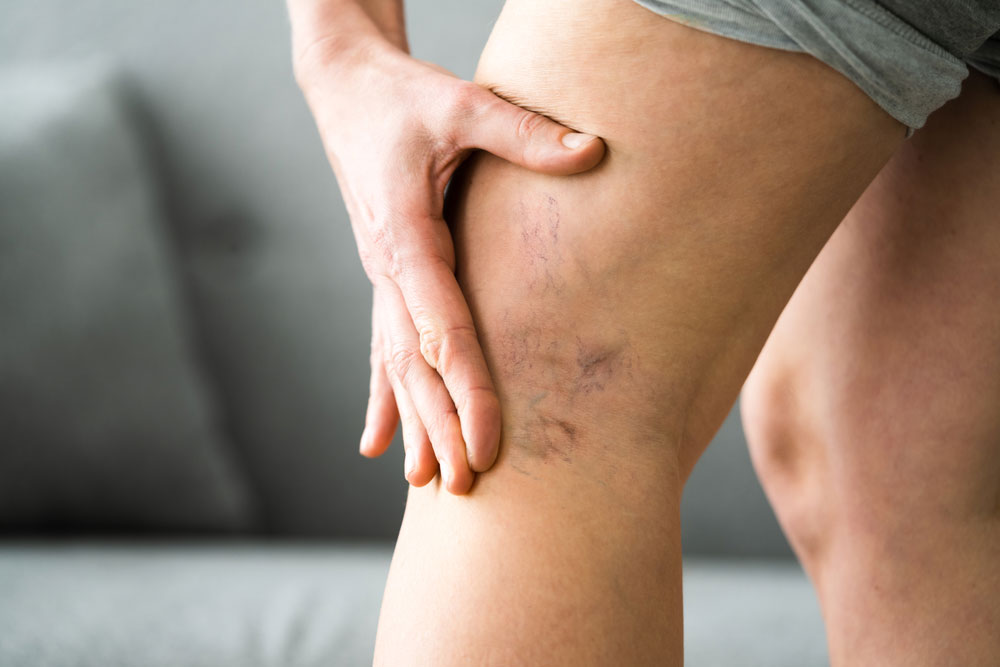Spider Vein Treatment: A Comprehensive Guide to Vascular Surgery
Spider veins are small, superficial blood vessels that appear as red or blue lines on the skin, often on the legs. While they are typically harmless, spider veins can be unsightly and cause discomfort or pain. Vascular surgeons specialize in treating spider veins and offering effective solutions for individuals seeking a more aesthetically pleasing appearance.
Understanding Spider Veins
Spider veins occur when the valves in the veins become weak or damaged, allowing blood to pool and dilate. They are often caused by:
- Genetics A family history of spider veins can increase your risk.
- Hormonal Changes Hormonal fluctuations, such as those during pregnancy or menopause, can contribute to spider veins.
- Lifestyle Factors Factors such as obesity, prolonged standing, and smoking can increase the risk of developing spider veins.
Symptoms of Spider Veins
Spider veins may not cause any symptoms other than an unsightly appearance. However, some individuals may experience:
- Aching or Heavy Legs Pain or discomfort in the legs, especially after prolonged standing or sitting.
- Swelling Swelling in the legs or ankles.
- Itching Itching around the spider veins.
The Role of Vascular Surgeons
Vascular surgeons are medical professionals who specialize in the diagnosis and treatment of conditions affecting the blood vessels. They offer a variety of treatments for spider veins, tailored to the individual patient’s needs.
- Diagnosis Conducting a physical examination and using imaging techniques to assess the severity of spider veins.
- Treatment Planning Developing personalized treatment plans based on the patient’s goals and preferences.
- Surgical Procedures Performing minimally invasive procedures to treat spider veins.
Treatment Options for Spider Veins
Vascular surgeons offer a variety of treatment options for spider veins, including:
- Sclerotherapy Injecting a solution into the spider veins to cause them to collapse.
- Laser Therapy Using laser energy to destroy the spider veins.
- Endovenous Laser Ablation (EVLA) A minimally invasive procedure that uses a laser to close the affected vein.
- Phlebectomy A surgical procedure to remove the spider veins through small incisions.
Choosing the Right Treatment
The best treatment option for spider veins will depend on the severity of the condition, the patient’s preferences, and other factors. A vascular surgeon can help you determine the most appropriate treatment for your needs.
Factors to Consider
- The appearance of the spider veins
- The severity of the symptoms
- Your personal preferences
- The cost of the treatment
Recovery from Spider Vein Treatment
Recovery time after spider vein treatment varies depending on the procedure chosen. Many procedures are minimally invasive and require minimal downtime.
- Post-Procedure Care Following your surgeon’s instructions for post-procedure care, including wearing compression stockings and avoiding strenuous activity.
- Healing Time Most patients can resume their normal activities within a few days or weeks.
Preventing Spider Veins
While there is no guaranteed way to prevent spider veins, certain lifestyle changes can help reduce your risk:
- Maintain a Healthy Weight Excess weight can put strain on the veins in your legs.
- Exercise Regularly Regular exercise can improve circulation and strengthen the leg muscles.
- Avoid Prolonged Standing or Sitting Take breaks and move around to prevent blood from pooling in your legs.
- Wear Compression Stockings Compression stockings can help improve circulation and reduce swelling.
The Importance of Following Up with a Vascular Surgeon
Regular follow-up appointments with your vascular surgeon are essential for monitoring your progress and addressing any concerns.
- Assessing Treatment Results Evaluating the effectiveness of the treatment and making adjustments as needed.
- Preventing Recurrence Taking steps to prevent the recurrence of spider veins.
- Addressing Underlying Conditions Addressing any underlying medical conditions that may contribute to the development of spider veins.
Vascular surgeons play a crucial role in the diagnosis and treatment of spider veins. By offering a variety of effective treatment options, tailored to individual needs, vascular surgeons can help individuals achieve smoother, healthier-looking legs. Whether you are concerned about the appearance of spider veins or experiencing discomfort, seeking care from a qualified vascular surgeon can provide lasting results and improve your overall quality of life.


